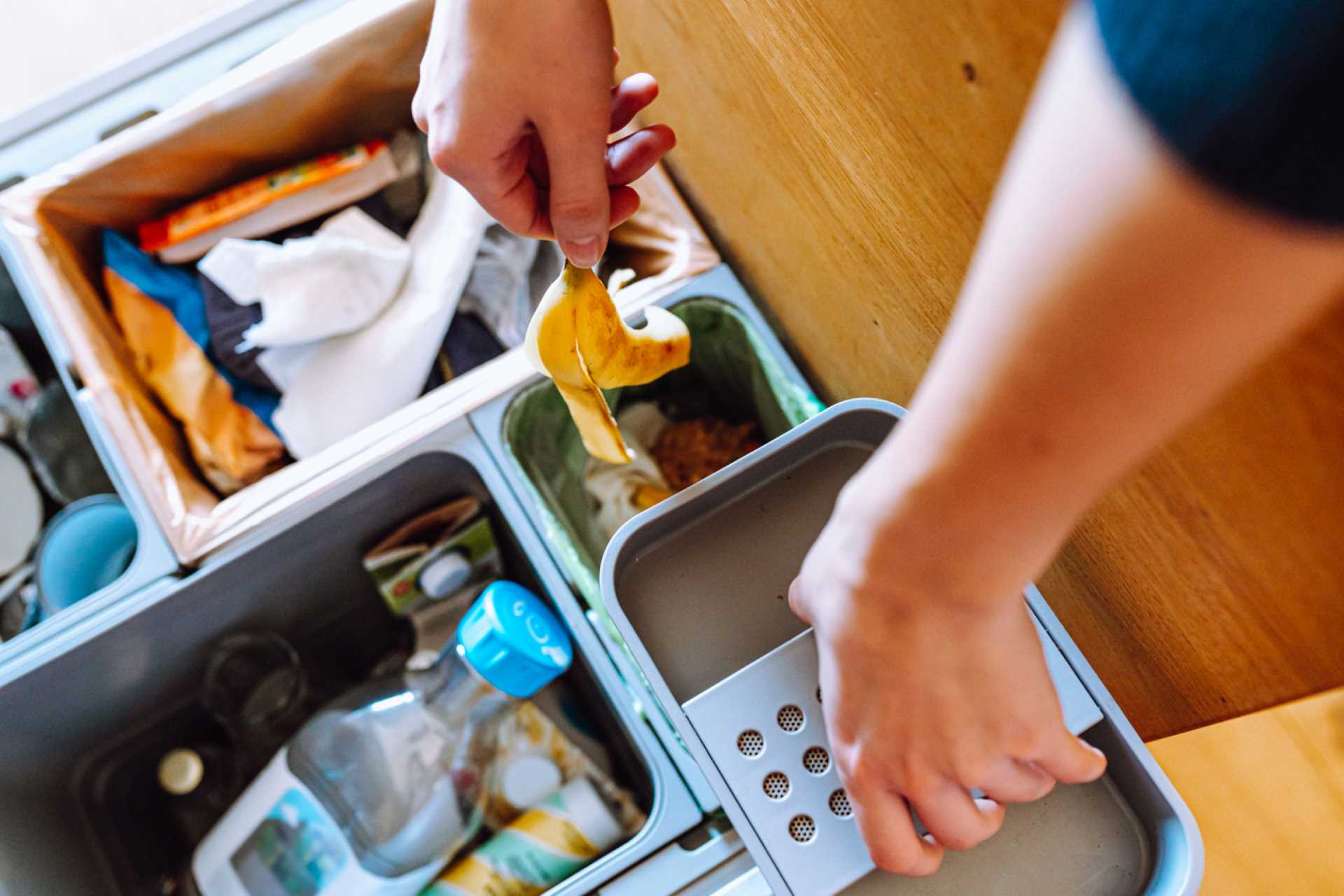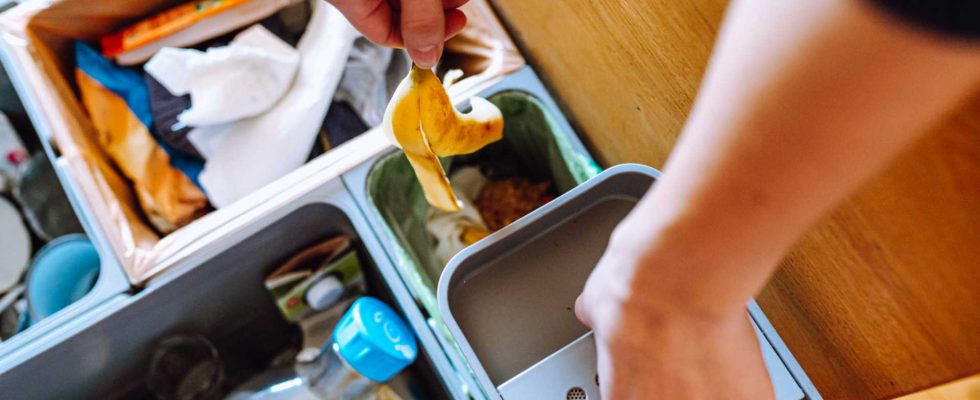
What is considered biowaste?
The term “biowaste” refers to all organic waste, that is to say waste which presents no danger and which is biodegradable. According to the ecological transition agency, ADEME, each inhabitant produces nearly 165 kilos of this waste per year and they represent approximately a third of our trash.
This waste can be classified into two categories:
- Green waste: they mainly come from parks and gardens. These are dead leaves, lawn mowing, branches, etc.
- Food waste : they can come from households, restaurants, caterers, canteens, food processing factories, etc. Among these, the most common are leftover meals, fruit and vegetable peelings, fish bones, expired products, etc.
How to avoid the accumulation of bio-waste?
Whether it is food waste or green waste, it is possible, at your level, to limit it. Here are some actions that will help you, while avoiding waste in certain cases:
- Rather than being thrown away, a leftover meal can be cooked and used to ensure a new meal.
- Be careful about the expiration date of the products you buy and make sure you consume or use them before this date.
- Even if you live in an apartment, and even more so if you have a balcony, think about composting. In a composter, you can put peelings, tea bags, coffee grounds, waste from your plants, etc.
- If you have animals, you are probably used to treating them to some of your food waste, but don’t hesitate to get your neighbors to contribute. They will be delighted!
- If you have a garden, again, think about composting, as well as mulching. You can thus place certain plants at the base of the plants to protect them from frost, maintain soil humidity in summer, limit the regrowth of weeds and nourish the soil.
Despite all these actions, our food and green waste clutters up our bins, which is why the Government has taken up the subject and plans to generalize the sorting of private bio-waste from January 1, 2024.
The advantages of sorting biowaste
Sorting and recycling bio-waste has significant advantages for us and our planet:
- This bio-waste mixed with our household waste goes to incineration sites or is landfilled.. Their incineration costs a lot of energy and is polluting. Their sorting and recycling would thus make it possible to reduce the carbon footprint of the waste treatment sector.
- This biowaste can be transformed into biogas. For example, in France, there are nearly 3,000 buses that run on biogas from biowaste.
- They make it possible to produce organic fertilizers less harmful than chemical fertilizers.
- Gas from biowaste can also make it possible to produce electricity
Implementation of bio-waste sorting
From January 1, 2024, the general sorting of biowaste will be based on several solutions to make it possible for every French citizen. The government has therefore proposed criteria to communities to help them define which solution is best suited to their city or municipality.
You should know that before this deadline for the implementation of sorting at the source of bio-waste, there were already more than a hundred communities spread across the country which had committed to this process and which are satisfied with it.
Among these, dense territories such as Bordeaux, Rennes, Lorient, Nevers, Clermont-Ferrand, etc.
As for other communities, they no longer have a choice and must organize themselves according to the solution they have opted for. Once sorted and collected, bio-waste will thus be able to be recovered through compostingfor a return to the soil in the form of an organic amendment, or to methanizationfor the production of biogas which can then be used to produce electricity or heat, or to power public transport vehicles.
Below we present the different solutions offered to communities.


Local management
This solution consists of implementing local composting solutionswhether in the form of an individual or collective bin.
The advantage of this solution is that it requires little investment in infrastructure. On the other hand, it involves provide people with the necessary sorting equipment and train them in good composting practices.
This is a solution that communities can possibly implement in addition to the separate collection of food waste. Composting thus makes it possible to recover kitchen waste, such as vegetable or fruit peelings, egg shells, etc., but also food scraps.
Composters come in different forms depending on the needs of each individual and the configuration of the premises:
- In an apartmentyou can opt for a worm composter whose operating principle is based on the digestion of food by worms.
- In a house with an exteriorit is possible to simply opt for a domestic composter to install in the garden.
- At the foot of the buildingsit is possible to install a collective composter which will be used by all residents.
- In the same way, communities can install one or more composting bins in strategic locations in each neighborhood.
These solutions have the advantage of reducing waste collection by truck. This therefore contributes to less energy expenditure, less landfill, etc. In addition, the compost can be used in gardens and avoid the purchase of chemical fertilizers. As for the worm composter, it allows you to recover a liquid which serves as fertilizer for the plants.
Separate collection of bio-waste
Collection on a door-to-door basis
This solution is the most expensive insofar as it requires not only providing each household with a specific bin in which to place their food waste, but also setting up entire logistics for the collection of these bins.
Collection through drop-off points
Some municipalities have already opted for this solution. In this case, a perforated bio-bucket is given to each household with compostable bags. Everyone is then asked to put their food waste in this bag, then deposit it in the collection bins installed in the town approximately every three days.
The disadvantage of this method is that it can be difficult to obtain a high participation rate, as you have to drop your bag in a bin, which may not be nearby. Additionally, it is difficult to control what is in the bags.

